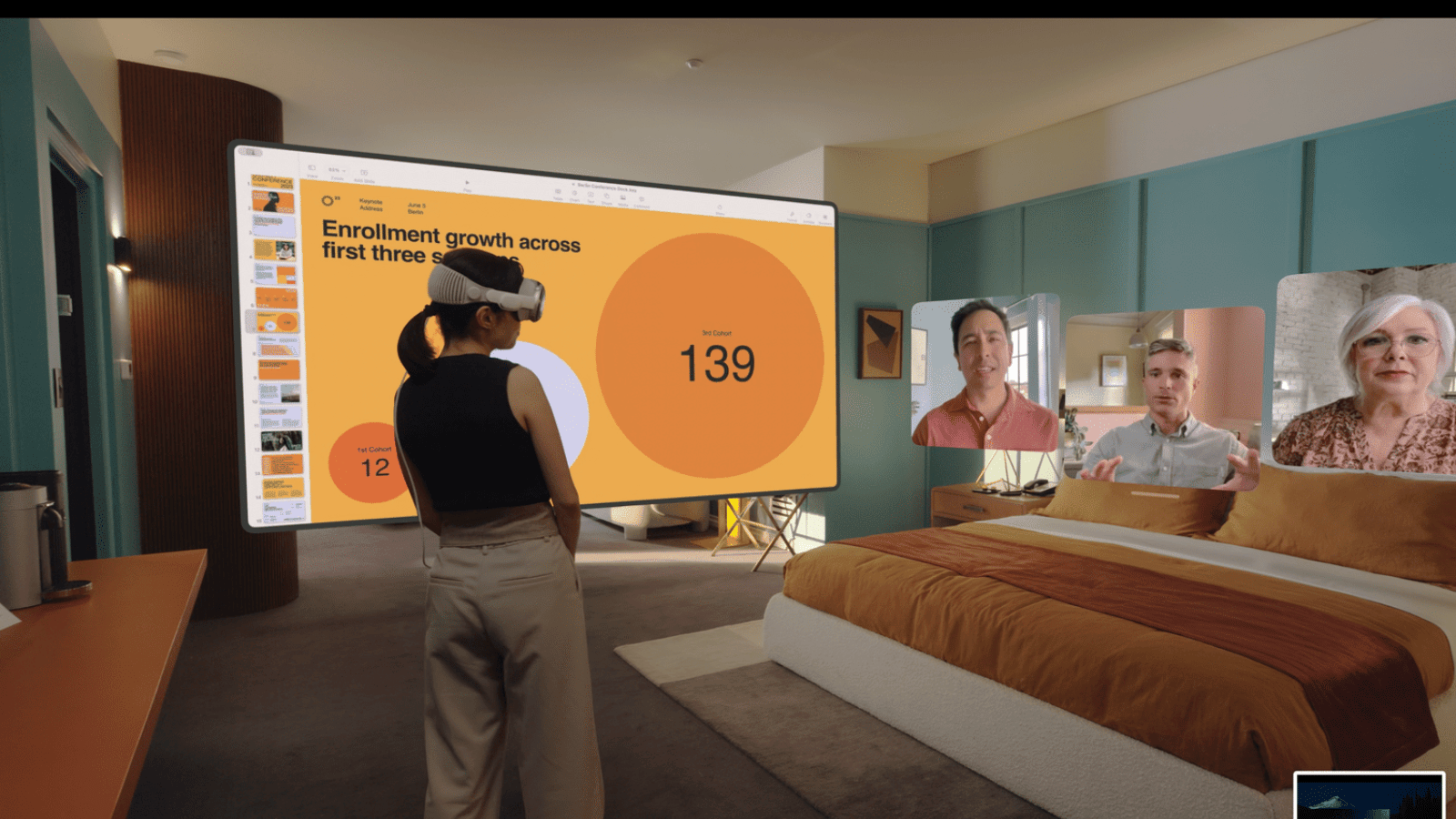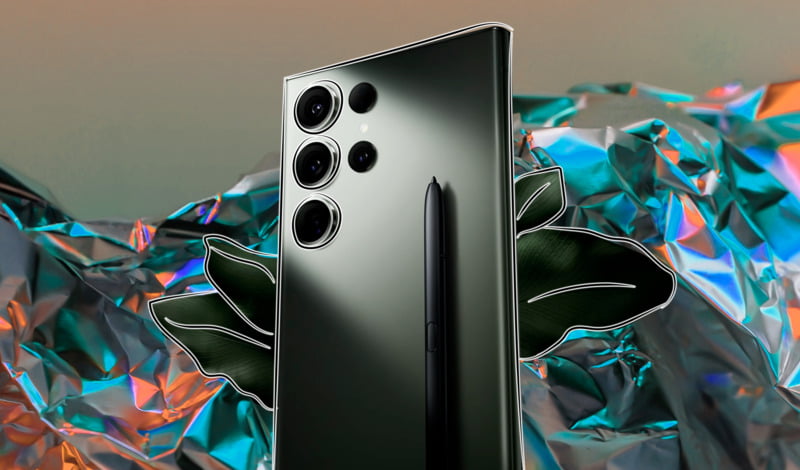Apple’s Vision Pro headset has generated much excitement in the tech community, with its advanced features and immersive capabilities. However, despite its potential for multiuser appeal, the Vision Pro falls short in providing a seamless sharing experience. In this article, we will explore the roadblocks that hinder device sharing, the limitations of the Vision Pro, and the implications for users.
The Potential for Device Sharing
At first glance, the Vision Pro seems well-suited for sharing among households or workplaces. Its bulky design and high price tag suggest that it is not meant for individual, everyday use. Instead, the Vision Pro serves as a specialized tool for tasks like 3D design or as a personal entertainment device, such as a virtual TV set-top box or game console. These are products that are commonly owned across households and often passed around among users.
The Vision Pro’s hardware is built to facilitate sharing. Unlike other VR headsets, it features a Solo Knit Band that can be easily adjusted with a simple dial, eliminating the need for awkward velcro straps. The bands can also be changed effortlessly, ensuring a comfortable fit for different users. Additionally, the Vision Pro offers a simple biometric login option through face-tracking cameras.
The Lack of Multiple User Support
Despite its potential for sharing, Apple’s Vision Pro lacks crucial features to enable multiuser support. The most glaring issue is the absence of multiple accounts or profiles. Unlike nearly every other computing device in households, such as Android phones, MacBooks, or even the Meta Quest system, the Vision Pro restricts usage to a single permanent account tied to the user’s Apple ID. This limitation is particularly puzzling given the Vision Pro’s hefty price tag of $3,499.
While the lack of multiple-user support is understandable on devices like iPhones, where privacy and customization are paramount, it is less justifiable for a device like the Vision Pro. The absence of multiuser functionality not only hampers privacy and customization but also prevents easy sharing within a family or workplace setting. Imagine having to go through a minute-long calibration process every time you pass the headset to someone else in your household or office.
The Challenges of Obtaining Extra Light Seals
Another obstacle to sharing the Vision Pro is the difficulty of obtaining extra light seals. While some users may find the default light seal to be suitable, others may require a different size for optimal comfort and performance. Unfortunately, Apple’s process for obtaining an extra light seal is cumbersome and inconvenient.
To purchase an extra light seal, users have two options: ordering online and scanning their face using a Face ID-equipped iOS device or visiting an Apple Store for an in-person scan. The latter option, as experienced by Owen Grove, a video director at The Verge, can be time-consuming and frustrating. Owen had to set up an appointment for a demo at the store and discovered that the desired light seal size was sold out, forcing him to buy it online instead. This limitation not only hinders individual users but also makes it nearly impossible to share the Vision Pro with multiple people in a family or workplace who may require different light seals.
Challenges for Users with Glasses
Wearing glasses while using the Vision Pro presents an additional challenge. The device utilizes Zeiss-made prescription lens inserts, which require initial pairing with a passcode stored in Apple’s Health app or a physical card. While the interface allows for multiple lens pairings, the process of pairing the lenses with the device can be cumbersome, especially for users who wear glasses. Although this inconvenience may not be a deliberate roadblock, it adds to the overall user experience and limits the ease of sharing the Vision Pro among individuals who wear glasses.
Potential Resolutions and Future Developments
Despite the current limitations, there is hope that Apple will address these issues and improve the user-sharing experience of the Vision Pro. The company has a history of refining its products through software updates and listening to user feedback. Future updates may introduce features like multiple-user support, making the Vision Pro more suitable for sharing among households or workplaces.
Additionally, Apple may consider introducing options specifically tailored for business or education customers, similar to the Shared iPad feature available on other devices. These developments would enhance the Vision Pro’s appeal as a multiuser device and alleviate some of the frustrations faced by current users.
Conclusion
While the Apple Vision Pro shows promise as a device for sharing among households or workplaces, it falls short in providing a seamless user sharing experience. The lack of multiple accounts or profiles and the challenges in obtaining extra light seals hinder the device’s ability to be easily shared among different users. However, with potential future updates and a focus on user feedback, Apple has the opportunity to enhance the Vision Pro’s functionality and make it a more versatile and user-friendly device for sharing





